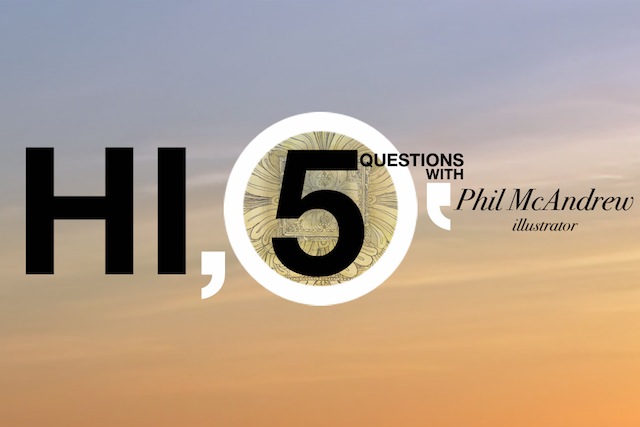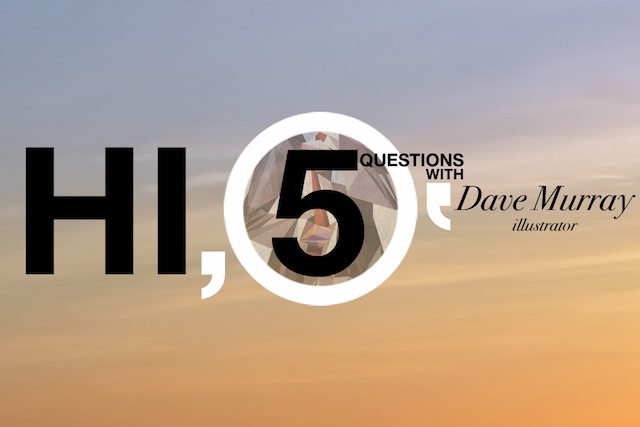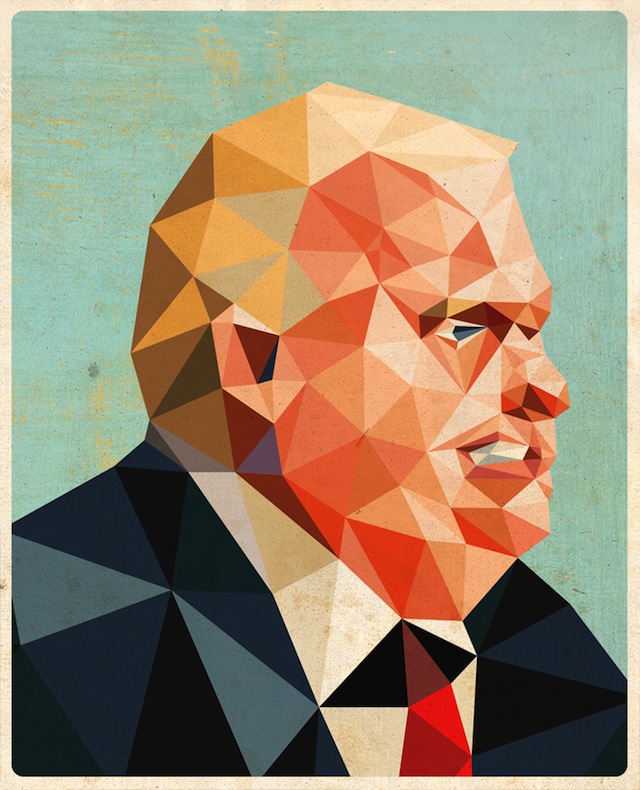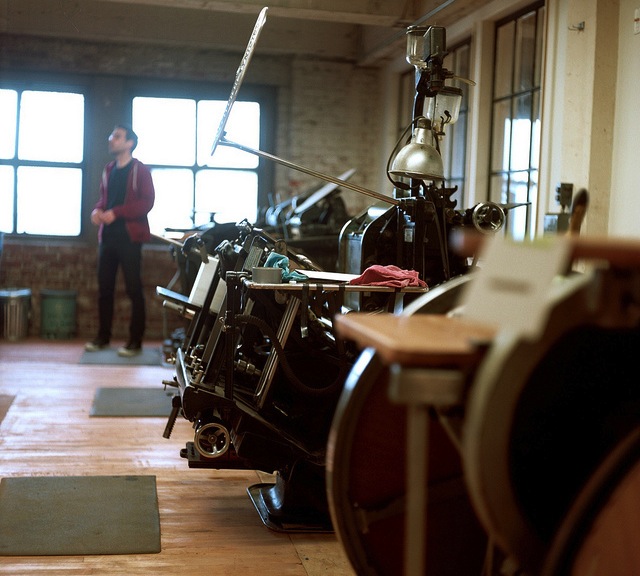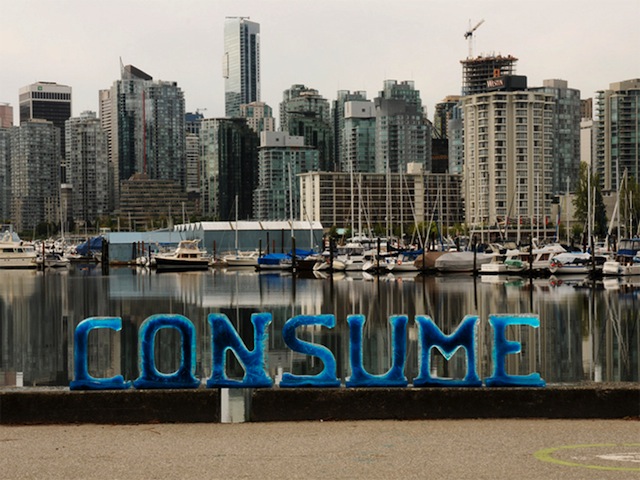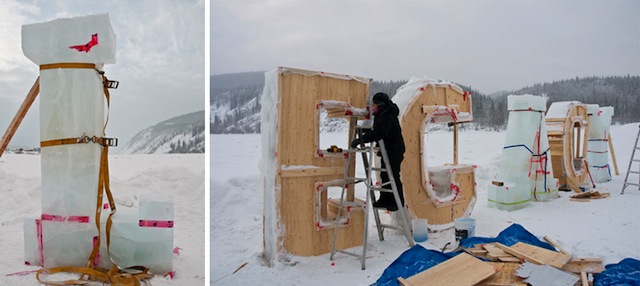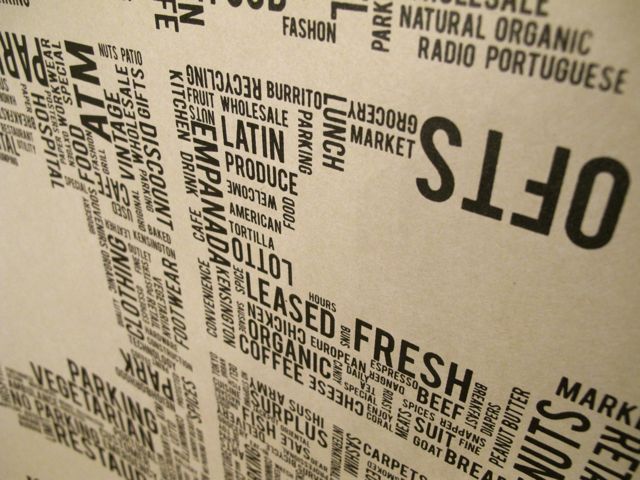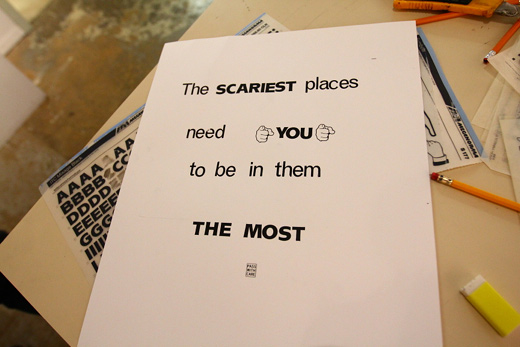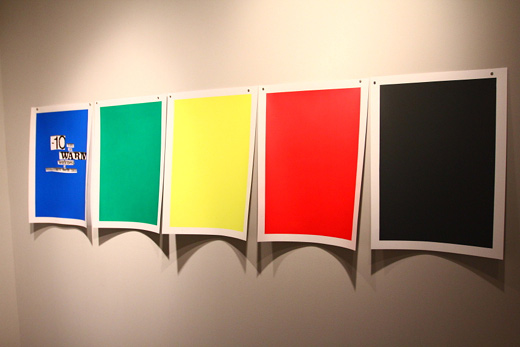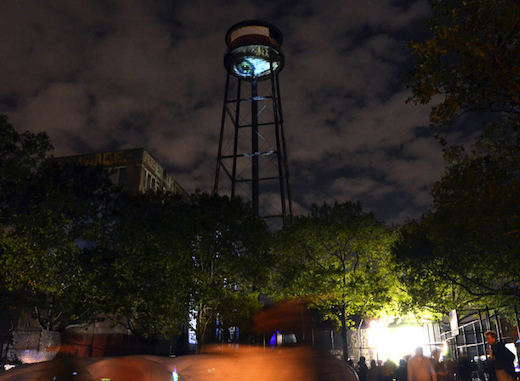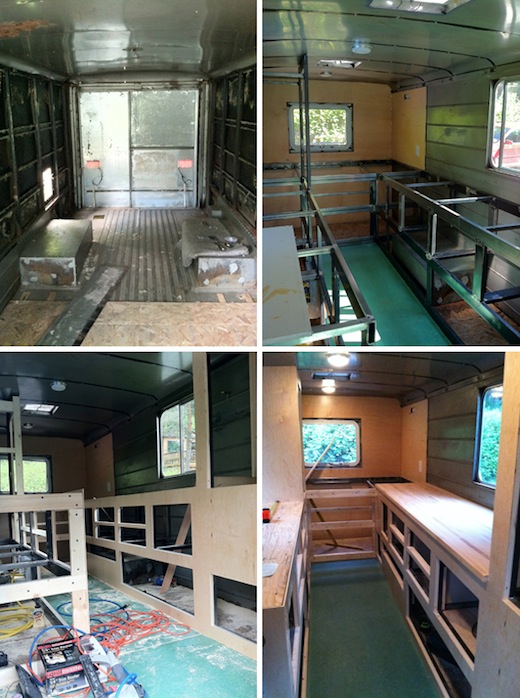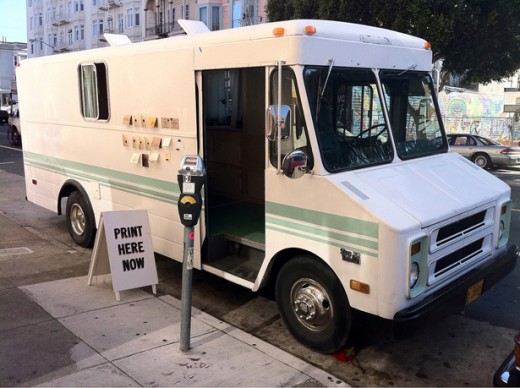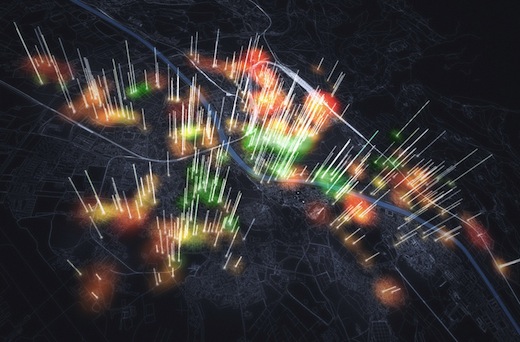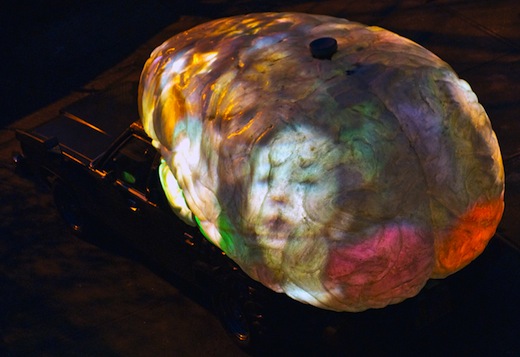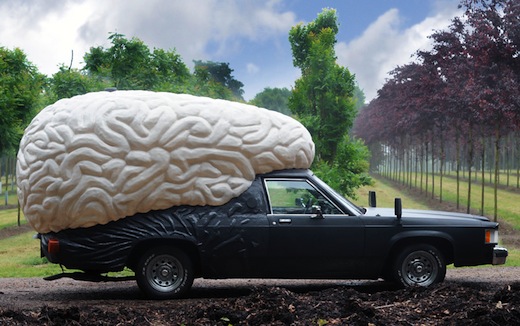About the Hi, 5 Interview Series
Hi, 5 (5 Questions) is a web-only interview series which presents five questions to artists, activists, and creative thinkers alike. The project acts as an educational device which allows us to gain insight into the narratives that define successful individuals. We are interested in the motivations behind ambitious ideas and how change has been affected by those with the passion for progress in their practice.
Today we interview Phil McAndrew. Phil creates intriguing and original content, and has worked for a large and diverse client base. He also has the benefit of being extremely hilarious and we were quite pleased when he emailed us back with some great answers.
About Phil McAndrew
Phil McAndrew is an illustrator and cartoonist from Syracuse, New York, the snowiest city in the United States. He’s created illustrations and comics for books, magazines, newspapers, television, theatrical sets, clothing, posters, album covers, gallery exhibits, websites, and fun. He graduated from Daemen College’s illustration program after being awarded their portfolio-based four year visual art scholarship.
Phil currently lives in San Diego, California.
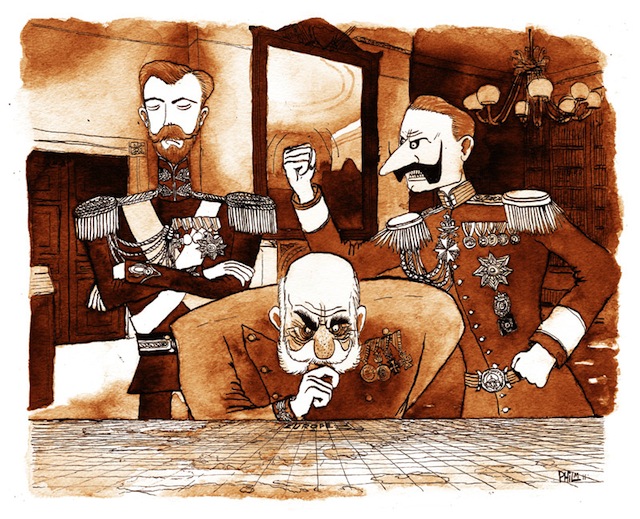
Phil McAndrew
January 31st, 2012
If you had to describe your current self to a 16-year-old you, what would you say?
I’d describe myself to 16-year-old Phil as someone who gets to sit at home and draw pictures and eat candy all day. That was pretty much my goal as a 16 year old if I remember correctly, though at the time I don’t think I was actually convinced that it was really possible (or at least that I’d personally ever be able to get to that point).
Could you describe an evolution in your work or way of thinking?
My work and way of thinking has definitely shifted more and more towards “just have fun, be a nice guy and be honest with yourself” and away from trying to impress people. I mean, I’ve always tried to keep those things in mind but I’ve definitely learned first hand exactly how important it is to simply have fun and to be awesome, both to yourself and to others (hint: it’s very important). If you’re really allowing yourself to have fun, it’ll show through in the quality of your work and improve your life.
Are there any people who have been instrumental in the development of your way of thinking and viewing the world?
So many people! I don’t think I could list them all if I tried. I think every single person I meet expands my view of the world, bit by bit. My way of thinking has been informed by various teachers all through my life, both the good ones and the bad ones. My parents and grandparents. My brothers and my friends. Jim Henson.
How do your political beliefs inform or fuel your work as an artist?
I don’t think my political beliefs really fuel my work very often, at least not the work that I put out into the world. I mean, you can probably get a really vague sense of what end of the spectrum my beliefs are at if you dissect every little aspect of my comics and drawings, but that’s rarely where my head is when I’m creating stuff. For a really brief time in college I tried my hand at political cartooning and sometimes I will still find myself reading about some ridiculous political insanity and in a moment of rage or bewilderment will sit down and start writing little comics lampooning one side or the other, but those comics almost never make it past being scribbles in my sketchbook. At the end of the day that’s just not the sort of work I want to focus on I guess. I’d rather make myself laugh.
What do you feel a city should be or do for its inhabitants?
I think cities are living, breathing things. And how awesome or terrible they are really sort of depends on, well, a lot of things. But mostly it’s inhabitants. So I guess I feel like inhabitants should be asking themselves what can I be or do for my city.
